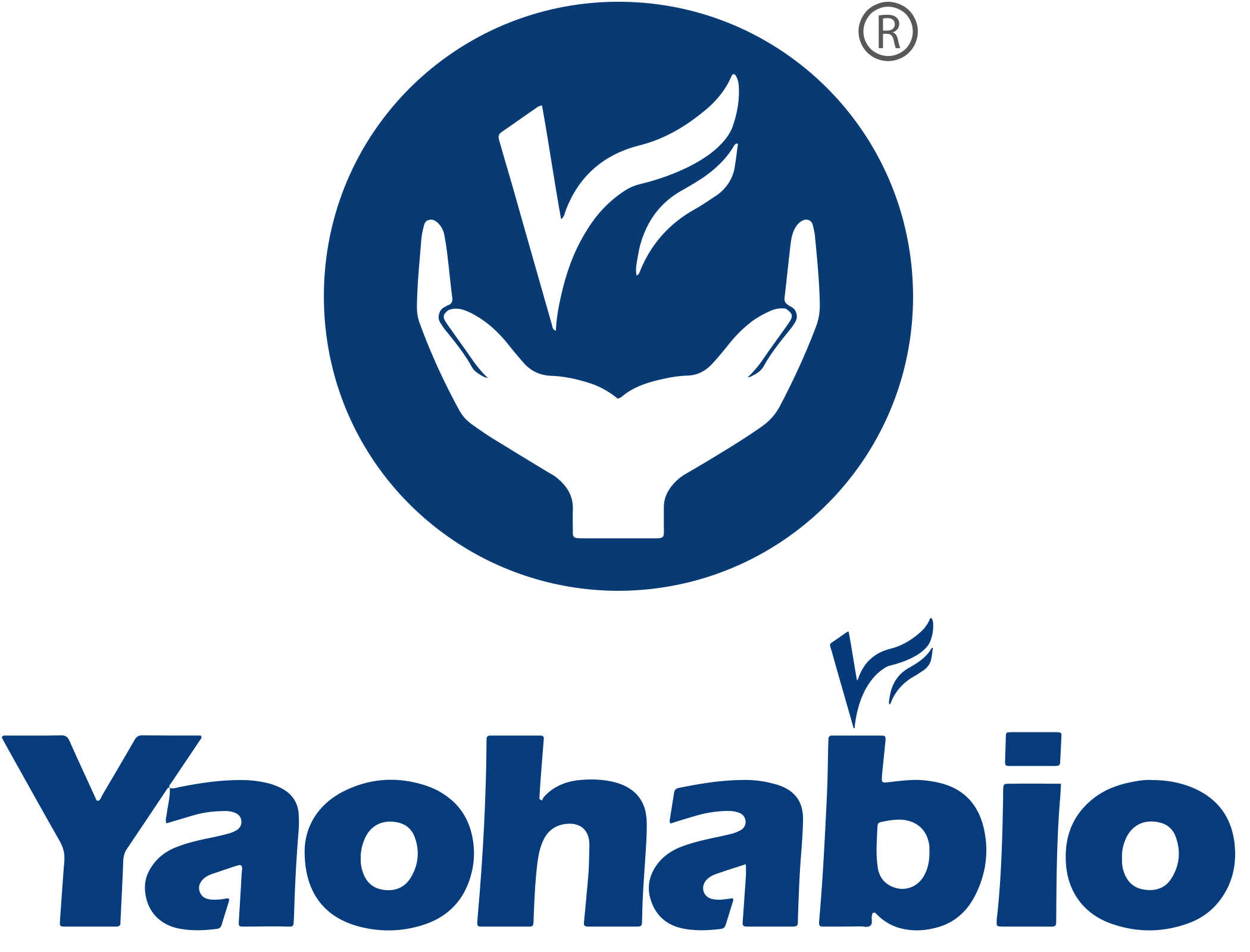|
Types of Peptides
|
Characteristics
|
|
GLP-1
|
The GLP-1 is a peptide consisting of 37 amino acids. The biologically active form of GLP-1 encompasses both GLP-1 (7–36) amide and GLP-1 (7–37), which interact with a specific GLP1R and play a role in reducing glucose levels and promoting weight loss.
The in vivo half-life of human GLP-1 is notably brief. Substantial efforts have been made to alter its sequence to improve the stability of this hormone while preserving its potency and pharmacological impact, resulting in the authorization of numerous GLP-1 analogs.
|
|
Insulin
|
Insulin consists of 51 amino acids and is produced by the cells of the islet of Langerhans. Human insulin has a dimeric structure made up of two polypeptide chains, A- and B-, which are linked by disulfide bonds between A7-B7, A20-B19, and A6-A11.21 amino acids comprise the A-chain, whereas 30 amino acids comprise the B-chain. Diabetes can be treated with several types of recombinant insulin or insulin analogs.
|
|
GH, Growth hormone
|
Human growth hormone (GH) plays an important role in regulating growth, metabolism, and circadian rhythm in the body. The hormone consists of 109 amino acids.
Since GH was obtained from cadaveric human pituitaries, it was used for therapeutic purposes in the 1950s, but its safety and availability were limited.The first recombinant GH was produced inEscherichia coliin the 1980s using recombinant DNA technology.GH is typically prescribed to treat short stature in children resulting from various conditions such as GH deficiency, Prader-Willi syndrome, Turner syndrome, homeobox-containing gene deficiency, or idiopathic causes.
|
|
GLP-2
|
GLP-2 is a 33-amino acid peptide produced through the specific posttranslational proteolytic cleavage of polypeptide precursor, which also releases the related GLP-1.
|
|
PTH, Parathyroid hormone
|
The 84-amino acid hormone known as parathyroid hormone (PTH) controls calcium balance in the body by affecting target tissues. Both the full-length recombinant hormone, hPTH(1–84), and the amino-terminal fragment hPTH(1–34), promote bone growth and increase bone density.
|
|
IGF-1, Insulin-like growth factor-1
|
Insulin-like growth factor-1 (IGF-1) is a peptide consisting of 70 amino acids and three disulphide bridges. It plays a crucial role in regulating normal growth in childhood and has the potential to induce a significant anabolic effect in adults. The use of recombinant IGF-1 has been authorized for the treatment of growth failure in children with severe primary IGF-I deficiency (SPIGFD).
|
|
Leptin
|
Leptin is a peptide consisting of 167 amino acids, including a 21-amino acid amino-terminal secretory signal sequence. It plays a crucial role in regulating neuroendocrine function and maintaining energy balance within the body. The concentration of leptin in the bloodstream is indicative of energy reserves, fat mass, and energy deficiency.
The use of leptin therapy has shown efficacy in managing cardiometabolic conditions linked to leptin deficiency, but it is not effective in treating typical obesity. The recombinant human leptin analog, metreleptin (Myalept), which includes a methionine addition to the leptin molecule to enhance molecular folding and production efficiency, has received approval for use in Japan, the United States, and Europe.
|
|
Hirudin
|
Hirudin is an endogenous small polypeptide found in the saliva of blood-feeding parasites, specifically Hirudo medicinalis, and possesses anticoagulant properties by binding to and inhibiting thrombin.
Lepirudin, a modified form of hirudin produced through recombinant technology inSaccharomyces cerevisiae, is prescribed for the prevention of thrombus or clot formation.
|
|
TPO, Thrombopoietin
|
Thrombopoietin (TPO) serves as the primary physiological regulator of platelet production, functioning as a platelet growth factor analog. It is produced as a 353 amino acid precursor, which includes a 21 amino acid signal peptide.
The idea of a platelet growth factor similar to erythropoietin was first suggested in the 1950s. A peptibody molecule, which comprises an Fc fragment covalently attached to a peptide containing two thrombopoietin receptor-binding domains at the C-terminus, has received approval for the management of thrombocytopenia.
|

 EN
EN
 AR
AR
 HR
HR
 CS
CS
 DA
DA
 NL
NL
 FI
FI
 FR
FR
 DE
DE
 EL
EL
 IT
IT
 JA
JA
 KO
KO
 NO
NO
 PL
PL
 PT
PT
 RO
RO
 RU
RU
 ES
ES
 SV
SV
 IW
IW
 ID
ID
 LV
LV
 LT
LT
 SR
SR
 SK
SK
 SL
SL
 UK
UK
 VI
VI
 ET
ET
 HU
HU
 TH
TH
 TR
TR
 FA
FA
 AF
AF
 MS
MS
 BE
BE
 MK
MK
 UR
UR
 BN
BN

